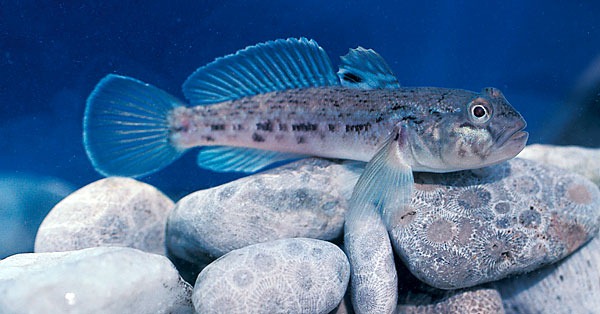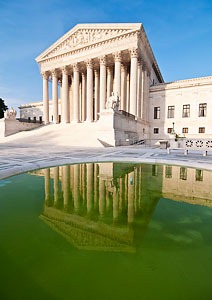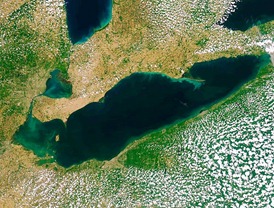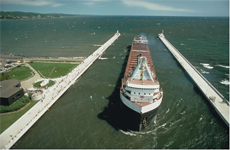Round gobies, zebra mussels move PCBs through food chain
1
A round goby.
New research coming from the University of Michigan reveals that two notorious Great Lakes invasive species are helping move toxic PCBs up the aquatic food chain in Saginaw Bay, Lake Huron.
Despite recent dredging of the Saginaw River that has successfully reduced PCB contamination in the area, walleyes have been showing even higher levels of the toxins in their systems. This counterintuitive shift is thanks to the introduction of the invasive zebra mussel and round goby into the ecosystem, according to a research paper led by UM fishery biologist David Jude and published in the Journal of Great Lakes Research. Both species, the paper says, are links in the food chain that help accelerate the delivery of PCBs into the diet of Saginaw Bay walleyes.
The PCB enters the food chain when bottom-dwelling zebra mussels suck in an enormous amount of lake water, roughly a liter per day, along with any toxic substances within the water. Some of these contaminants are incorporated into the mussels’ tissues and shells. The round gobies then consume the mussels and are in turn eaten by the walleyes.
Polychlorinated biphenyls, or PCBs, are manmade chemicals that were once used in hundreds of industrial and commercial applications, but their manufacture was banned in the U.S. in 1979. The Environmental Protection Agency now classifies the chemicals as probable human carcinogens.
Factories, chemical manufacturers, and municipal wastewater treatment plants had been discharging PCBs into the Saginaw River since the 1940s. The PCBs settled into river-bottom sediments, and the contamination led to advisories against human consumption of selected species and sizes of fish in the Saginaw River, as well as many species of fish in the bay.
Jude’s research team collected walleyes, round gobies, zebra mussels, and other aquatic species between 2005 and 2007 and measured the levels of PCBs in the organisms. Their samples came from the Tittabawassee River, Saginaw River, and Saginaw Bay. Some of the highest PCB levels, seen in the largest walleyes, came within 100 nanograms of the EPA’s 2,000 threshold for mandatory fish-consumption advisories.
PCB concentrations in walleyes and their prey from the Saginaw River, Lake Huron: A comparison between 1990 and 2007 [Journal of Great Lakes Research] SNRE researcher Jude explores links between invasive fish, mussels and toxic transfers affecting Great Lakes walleye [The University of Michigan: School of Natural Resources and Environment] Image Credit: Courtesy of David Jude














[…] also wrote a few months ago how research shows that the zebra mussels can introduce toxins, such as PCBs, into the food chain […]